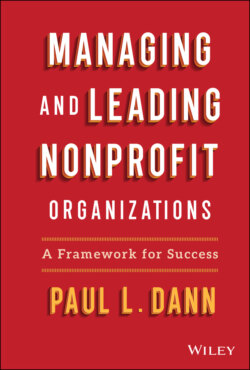Читать книгу Managing and Leading Nonprofit Organizations - Paul L. Dann - Страница 9
Second Practice Perspective: The Long View
ОглавлениеTomlinson (2007) underscores that we find ourselves in a culture of speed, where there is a continual move toward getting things done more quickly. Faster is better, getting it done is key, and arriving at the destination is held as paramount. The need for immediacy has become a driving force in our society. Consider how food is prepared, packaged, and ready to go, even mailed to you in portions that you can drop in a pot. Think about the desire for faster, more efficient forms of transportation and how impatient we have all become when we are ready for something. One only needs to look at the phenomenon of same‐day delivery, books and movies on demand, and push‐button solutions to see that our cultural desire for immediacy has become pervasive. The impact of this culture of immediacy goes beyond the delivery of packages and the use of high‐speed internet, extending as well into the very way in which we conduct ourselves professionally. We quickly become impatient and want the end rewards even before we have begun the journey.
Successful leadership requires a different perspective. We must be antigravitational and recognize that many things come over time. It is not possible to push a button or flick a switch to become effective as a leader. To develop as a leader and a strong manager you must practice, pursue learning opportunities, and avail yourself of leadership experiences—experiences that help to ensure both the presence of practice and learning opportunities.
In my work with aspiring leaders, I often find myself asking them the question “Where are you going?” I generally receive a puzzled look, to which I respond, “No, where are you going?” The question becomes a point of reflection. “Why are you in such a rush?” To stop and consider what one is doing and where one is going and the pace at which one is pursuing their journey is key. We rush, go, and do, but we rarely take a moment to consider what we are doing and why we are rushing.
Taking the long view requires that we acknowledge that our goals and objectives in leadership will take time—that there is little benefit to rushing and those who have a long view will have an advantage over those who feel they must already be at their destination. Consider the success of the marathon runner who understands that their effort requires a different strategy than that of the runner in the 100‐yard dash. To have a long‐view perspective is to be tenacious in your pursuit of leadership and managerial prowess. Do not give up and do not burn yourself out by setting unrealistic expectations about what it will take to advance your leadership practice.
